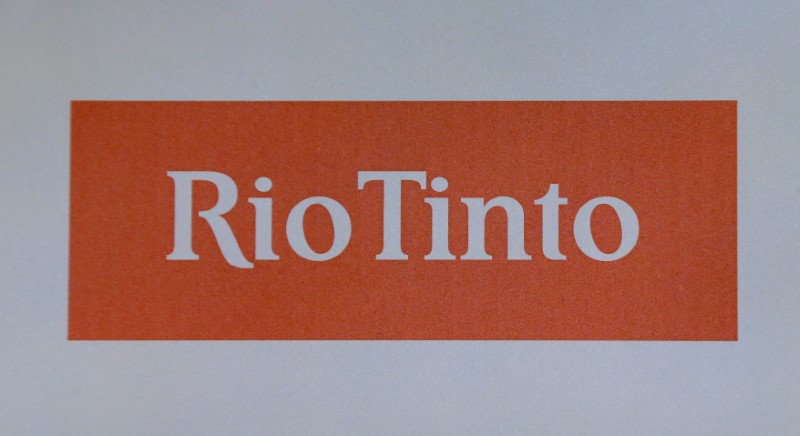By Clyde Russell
LAUNCESTON, Australia, July 22 (Reuters) - Looking for a long-term bullish signal for copper? Then look no further than Rio Tinto 's struggles with the Oyu Tolgoi mine and expansion project in Mongolia.
The latest news about the giant copper-gold project is that the production from the underground expansion will be delayed by more than a year to between May 2022 and June 2023, and that costs have ballooned by another $1.9 billion. capital cost of the project is now estimated at $6.5 billion to $7.2 billion, up from an original estimate of $5.3 billion. Tinto RIO.AX , through its Turquoise Hill Resources TRQ.TO subsidiary, owns 66% of the Oyu Tolgoi mine, which could become the world's third-largest copper mine by production in 2025 under the current development plan.
What's becoming more of an issue for the mine is that the Mongolian government owns the other 34%, and it appears that there is mounting disquiet in Ulaanbaatar that the landlocked country between Russia and China is getting a dud deal.
Mongolia's parliament is set to approve measures that would terminate the 2015 agreement on the Oyu Tolgoi underground expansion, seeking to bring forward the time when it will receive dividend payments from the project, demand more transparency on copper prices and push for Rio Tinto (LON:RIO) to build a power plant. Mongolia will only start to receive dividends around 2041, when its share of the debt for the project is repaid.
"For now, the Oyu Tolgoi agreement is not benefiting Mongolian citizens," Battumur Baagaa, a member of the parliamentary working group scrutinising the project, told Reuters. "It is good to attract foreign investment but that doesn't mean foreign investment should only benefit the foreign side."
The sentiment expressed in the above quote goes to the heart of Rio Tinto's Mongolia problem, and indeed to any mining company considering a major investment in a developing, or frontier market.
BALANCING RISKS
The Oyu Tolgoi project is a country-changer for Mongolia, with its capital budget making it the biggest ever undertaken in the country, but it's also more than half of the annual gross domestic product (GDP) of $13 billion.
By comparison, the $200 billion of spending on eight liquefied natural gas (LNG) projects in Australia over the past decade, the biggest investment in a single industry in the country's history, represented about 17% of annual GDP.
A country such as Mongolia cannot afford the upfront cost for its stake in a project the size of Oyu Tolgoi, so it pays for its share by deferring dividends.
While this sounds like a good solution in theory, it also means that the government, and the populace, see the mine being built and start operations, but they don't necessarily see the benefits flowing to them.
Rio Tinto makes the point on its website that from 2010 to the third quarter of 2018 it has spent "$8.3 billion in-country in the form of salaries, payments to Mongolian suppliers, taxes, and other payments to the government."
The question is whether this is enough, and the answer the Mongolian authorities appear to be giving is no.
The obvious risk for Rio Tinto is that it spends billions of dollars on an investment that takes a longer period to deliver returns, or even in the worst case the asset is seized by the state.
This situation is increasingly being confronted by resource companies around the globe.
Mozambique and Tanzania are both keen to see international oil and gas companies spend billions of dollars developing an LNG industry in the east African neighbours.
But will the authorities remain satisfied with the terms that were initially struck when it becomes clear that the benefits to the government coffers will take some time to flow?
Increasingly, valuable deposits of commodities are in jurisdictions with higher country risk, but it doesn't appear that project developers factor in the likelihood of having to renegotiate terms once vast amounts have already been spent.
It's always going to be a fine balance between a company assessing how much of the value of the project it can afford to surrender to the host country, and the government of that country working out how hard they can squeeze before the company walks away and your investment reputation is severely damaged.
For the market, the risk is that much of the new supply of several key resources is likely to come from countries such as Mongolia, and the question is how likely is it that this resource is actually developed and delivers to plan. (Editing by Christian Schmollinger)
